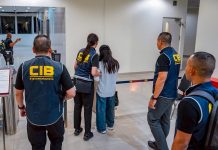As the number of seized animals in wildlife smuggling cases has increased, Thailand’s National Park, Wildlife and Plant Conservation Department now has at least 30,000 animals under its care at wildlife breeding centres nationwide, some of whose facilities are nearly overwhelmed with the burden.
Three years ago, a tiger cub was rescued from a smuggler’s suitcase at Suvarnabhumi Airport. It was put to sleep by anesthesia. Now, the cub has grown to become a joyful and healthy adolescent tiger named Phum under good care of officials at the Khao Prathapchang wildlife breeding centre in the central province of Ratchaburi.
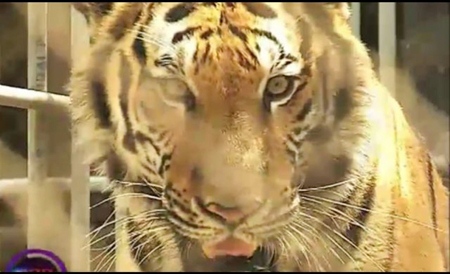
Three other tigers were seized at an apartment in Navanakhon, Pathum Thani and were sent to the centre. Moving the tiger cubs to bigger cages with abundant food, they become strong and lively.
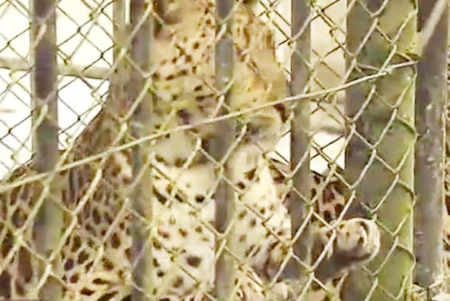
Centre head Sathit Pinkul said the rising number of animals seized every year can lead to overburdened facilities and it will not be able to take proper care of them.
“Now, the centre houses 50 tigers, 10 leopards about 13 Asian golden cats. With 73 cats in total, it is at full capacity. The National Park, Wildlife and Plant Conservation Department will allocate more budget to build another 20 cages to house more seized animals in the future,” said Mr Sathit.
A few adolescent tigers are ready to be separated to live in their own cages. This means there will be no vacant cells left for more newcomers.
Attempts to release tigers in captivity back into the wild have not been successful
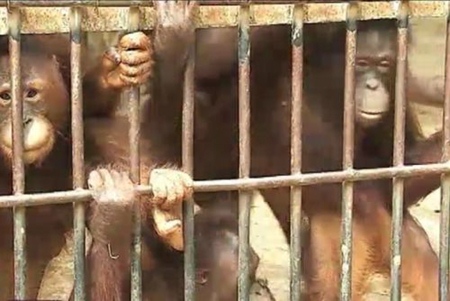
Researchers worldwide cannot find the way to help the creature adapt themselves to survive in the natural habitats. They need care for the rest of their lives.
Besides tigers, Khao Phrathap wildlife breeding centre also houses 11 orangutans, pheasants and hornbills and another 300 seized animals. Proper care comes with the cost of several million baht each year.
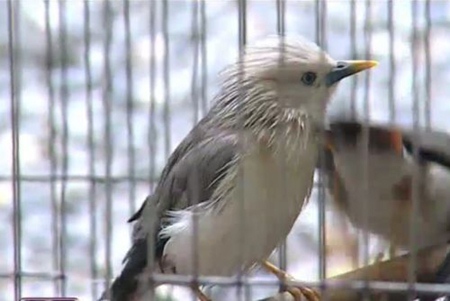
Twenty six wildlife breeding centres under the responsibility of the National Park, Wildlife and Plant Conservation Department currently house at least 30,000 seized animals.
“More cages and food will be provided. We try to give these animals the best care and we’ll seek additional budget from the government if it is needed,” said Theerapat Prayurasiddhi, deputy director general.
Building more facilities may not be the only solution to the overburdened facility problem.Tougher implementation of wildlife protection laws and punishment of offenders–smugglers, traders and hunters–is a key to prevent wildlife smuggling and to save the animals from extinction.




